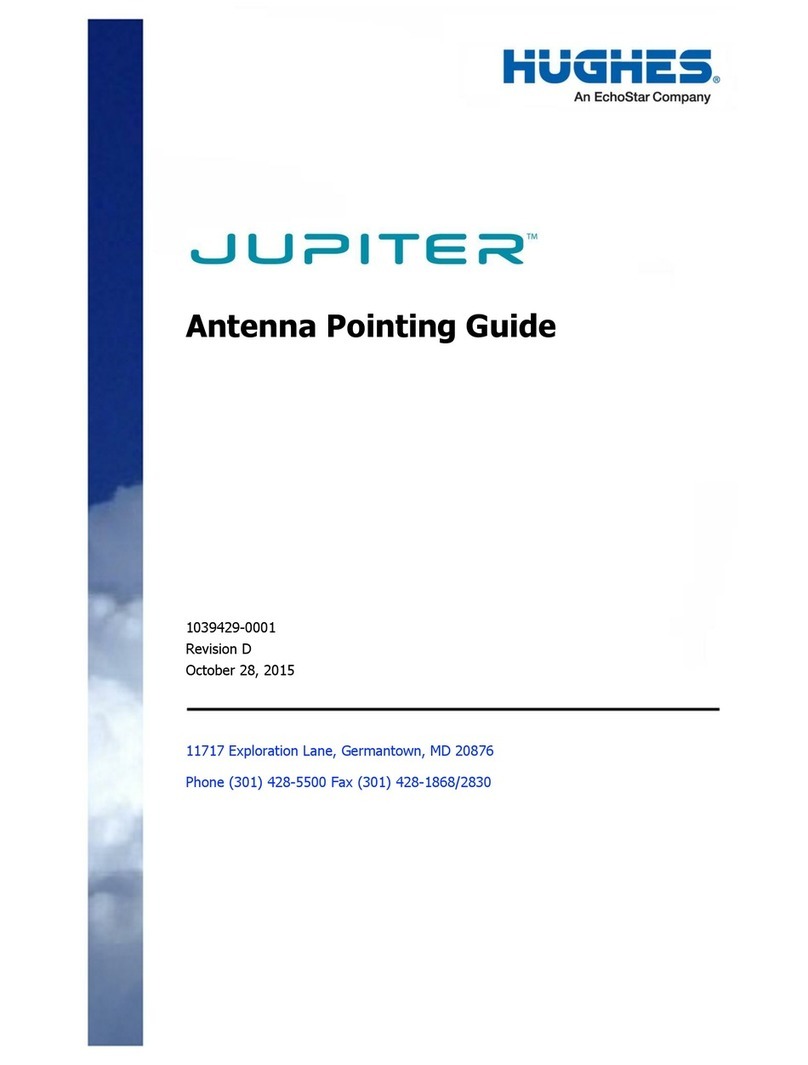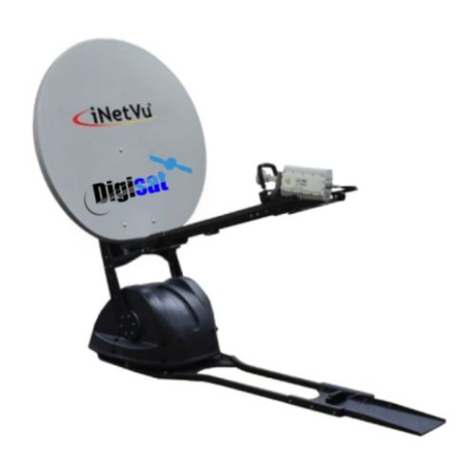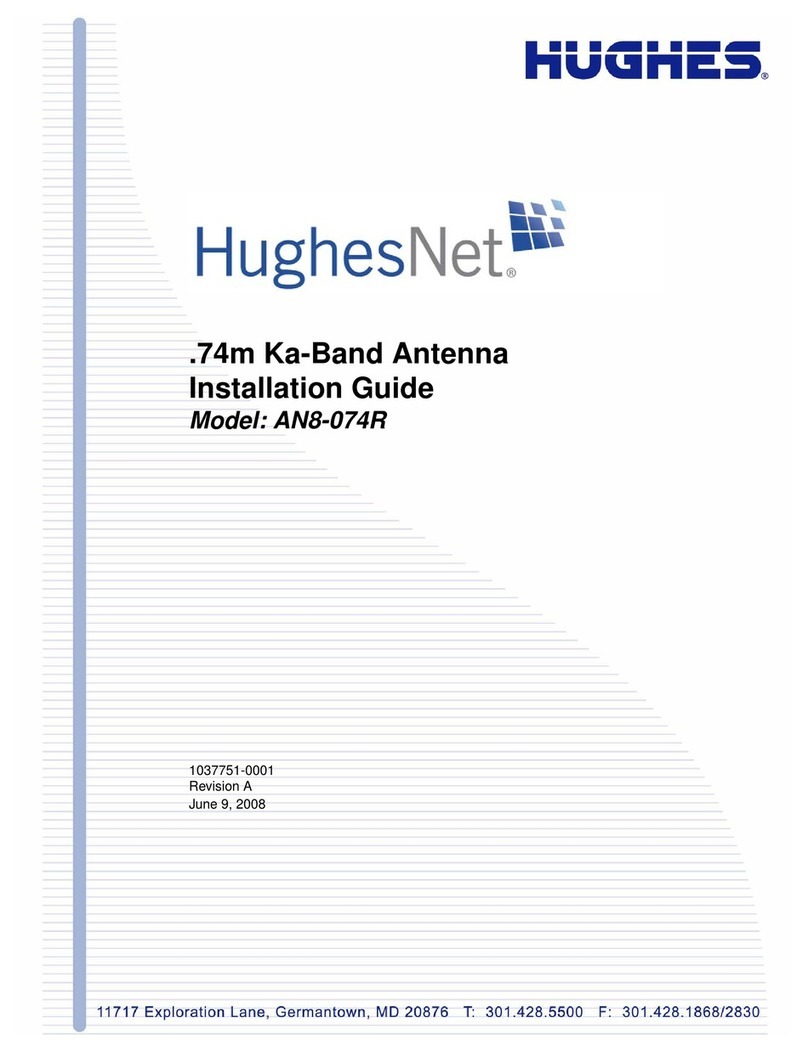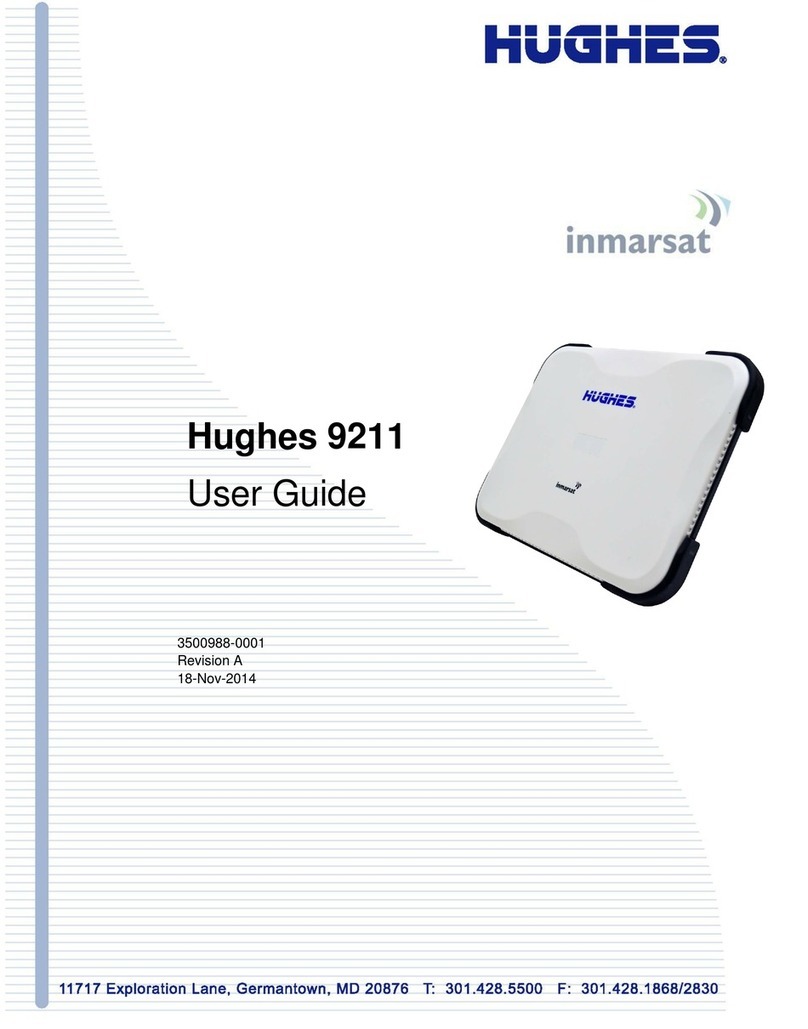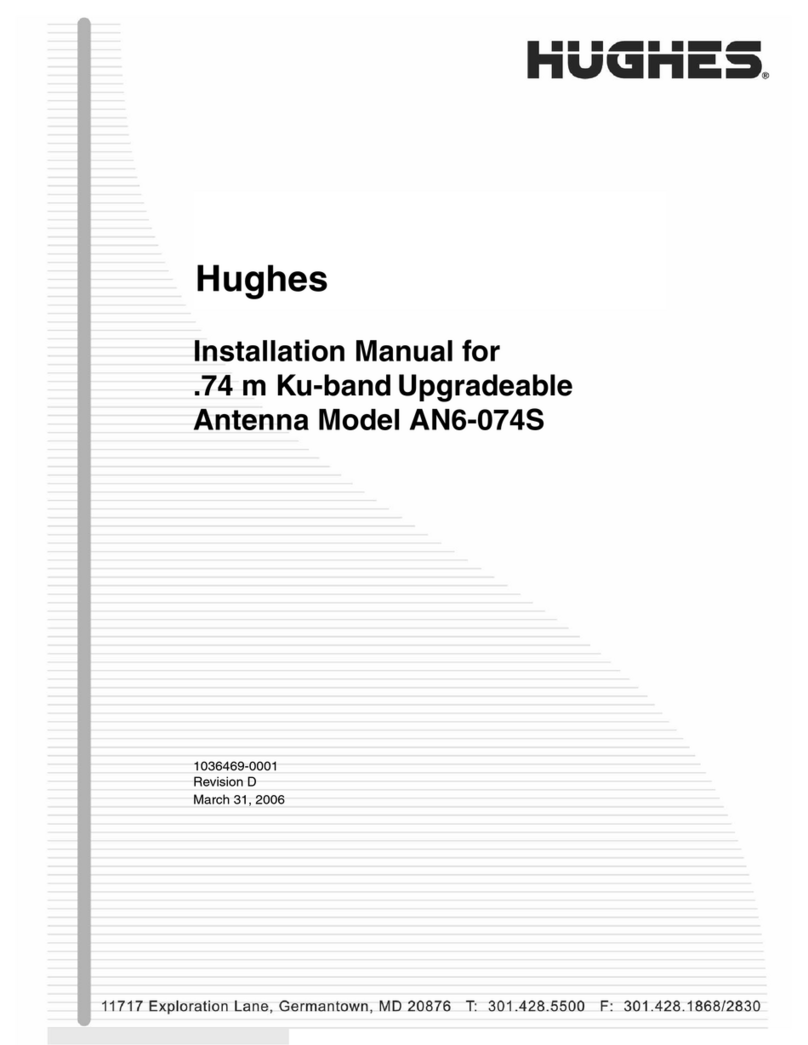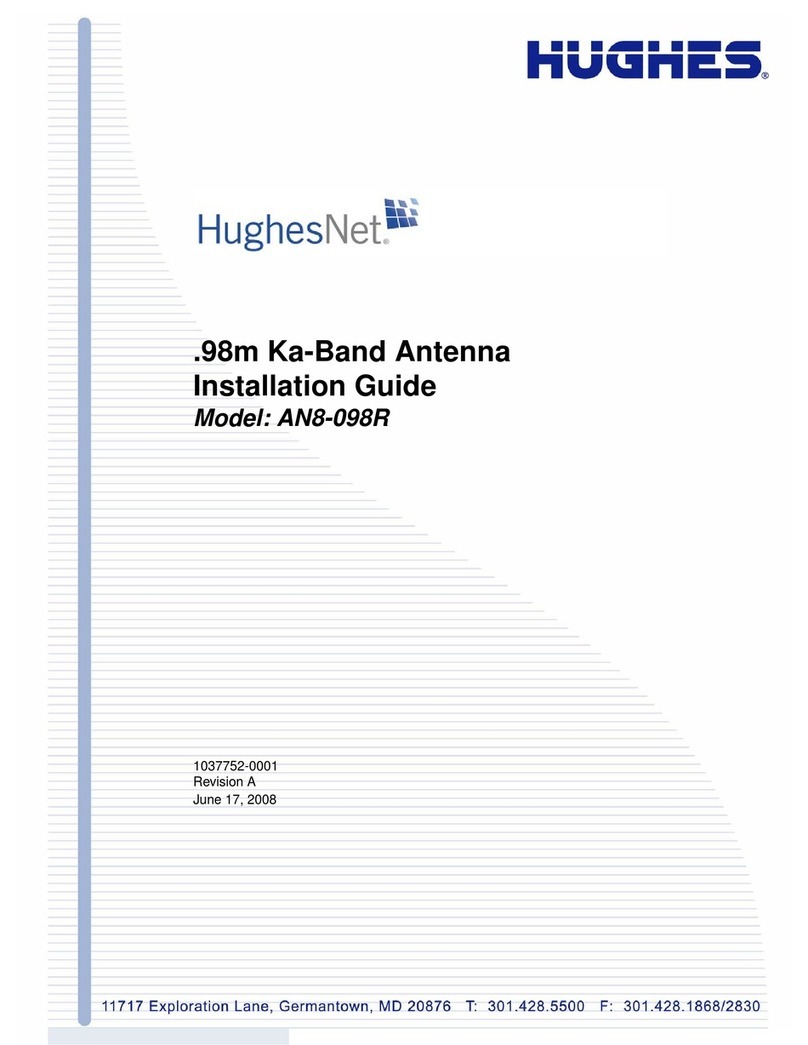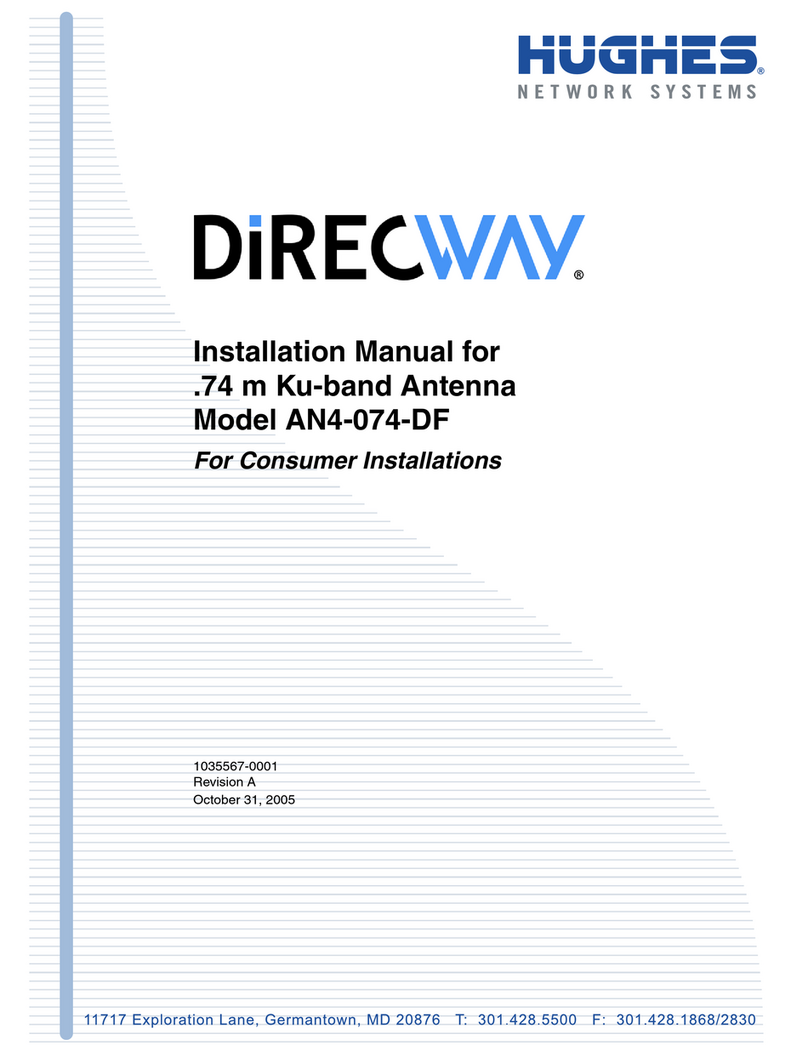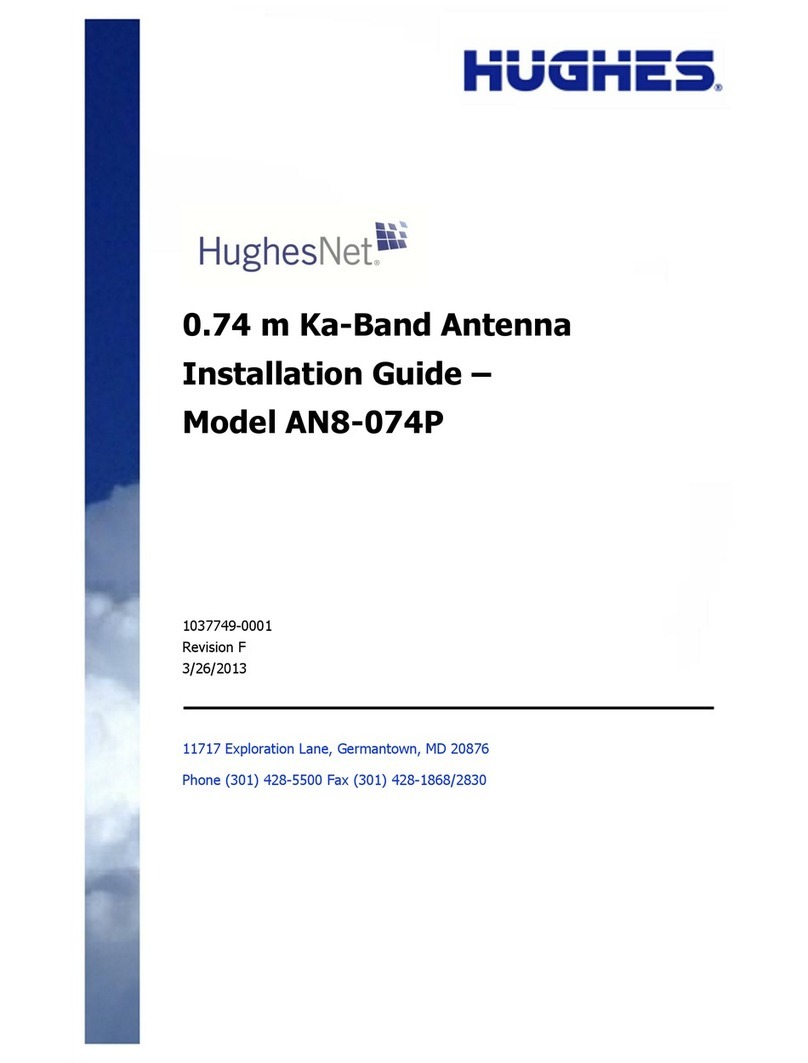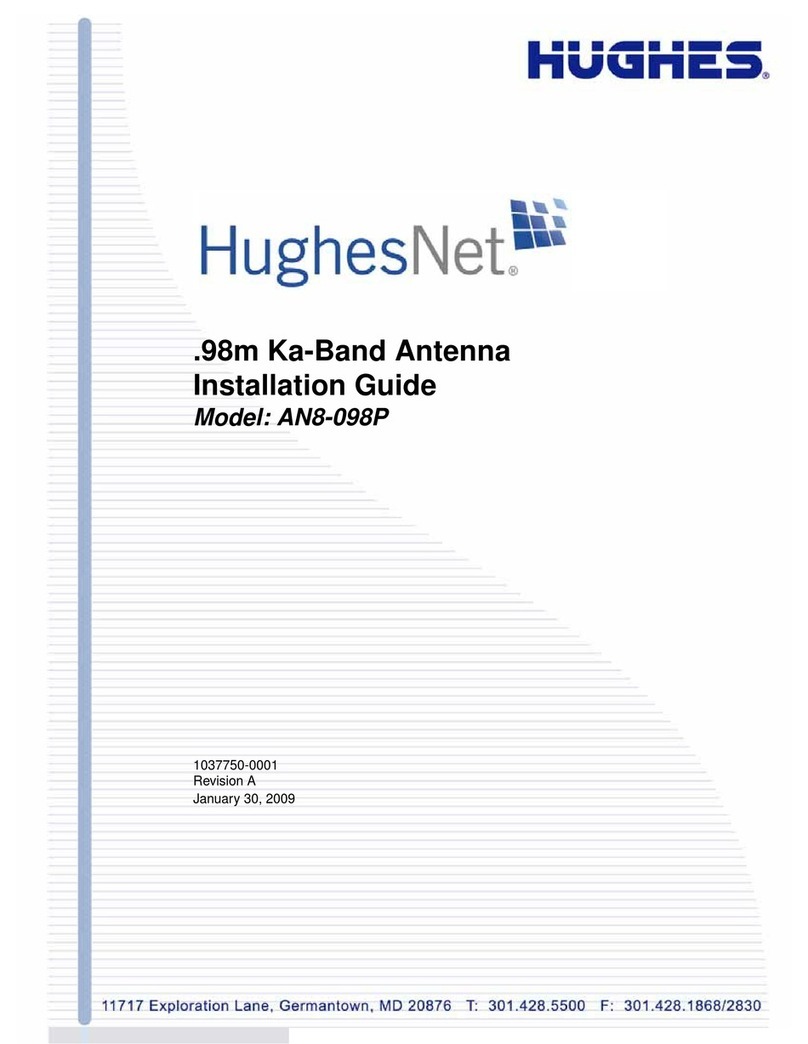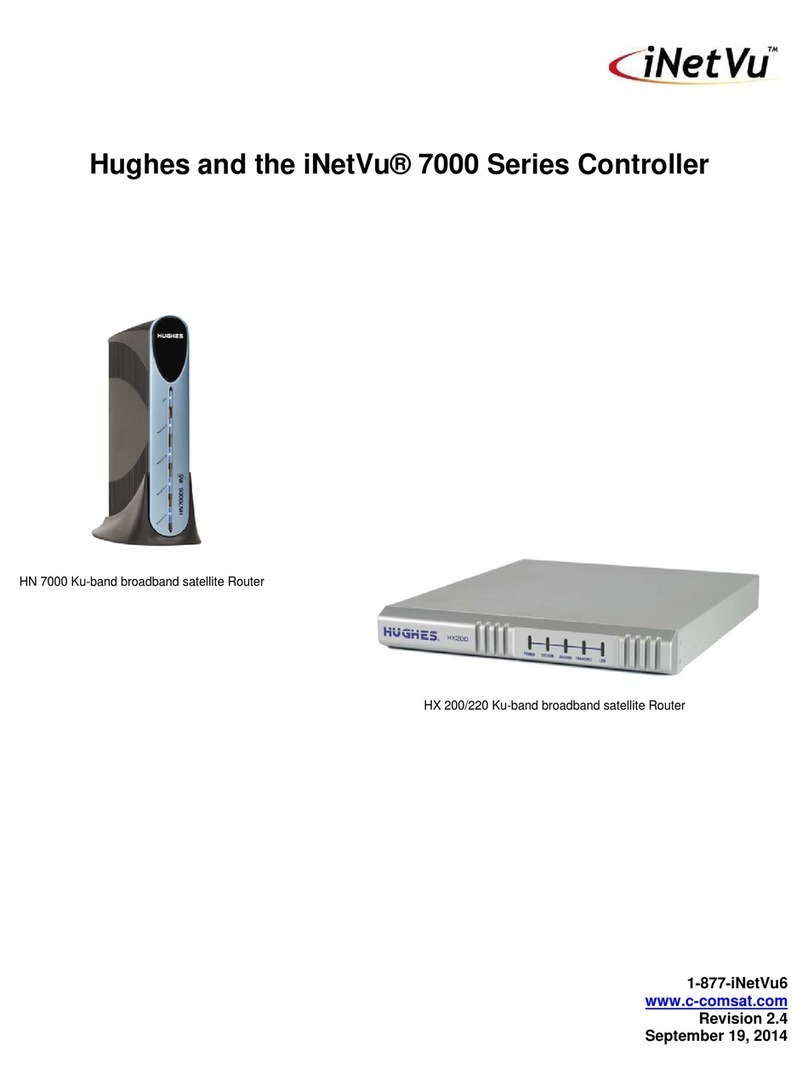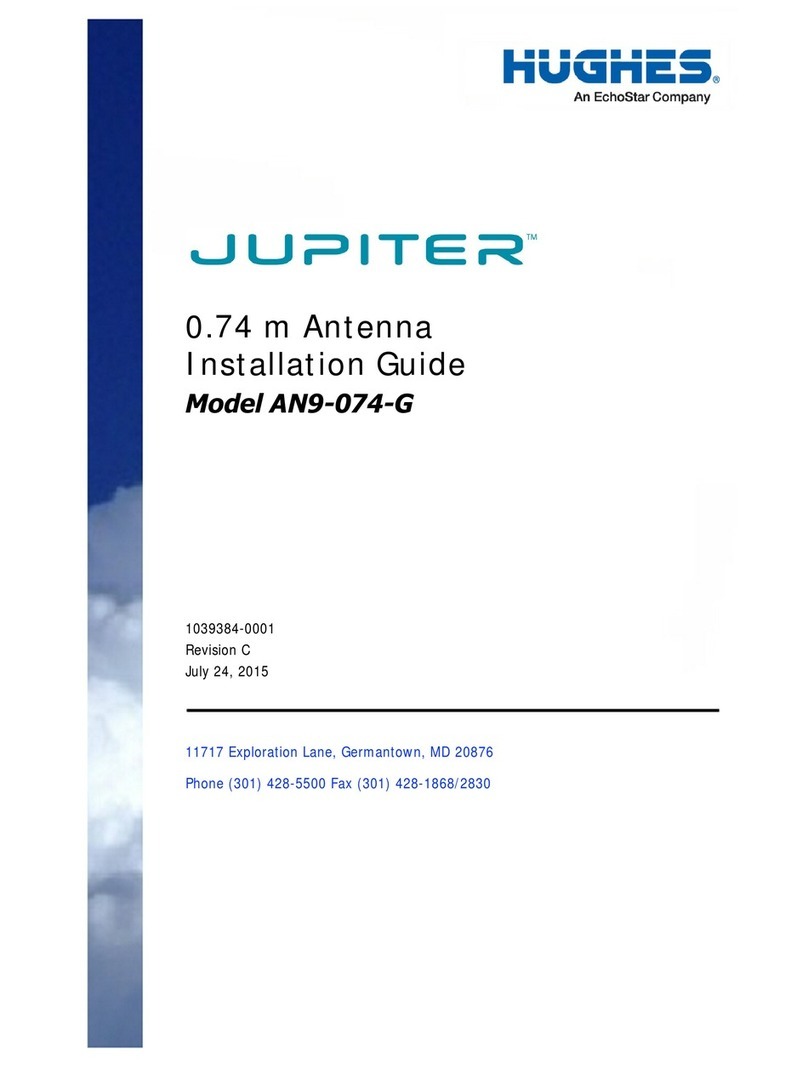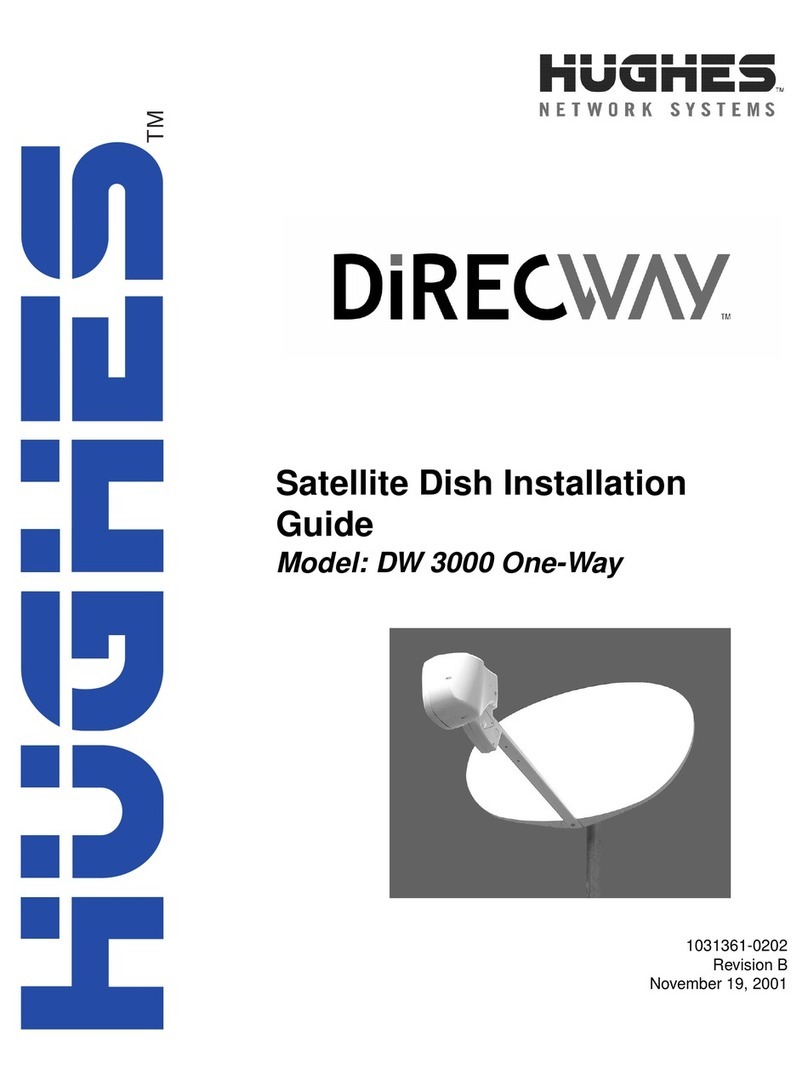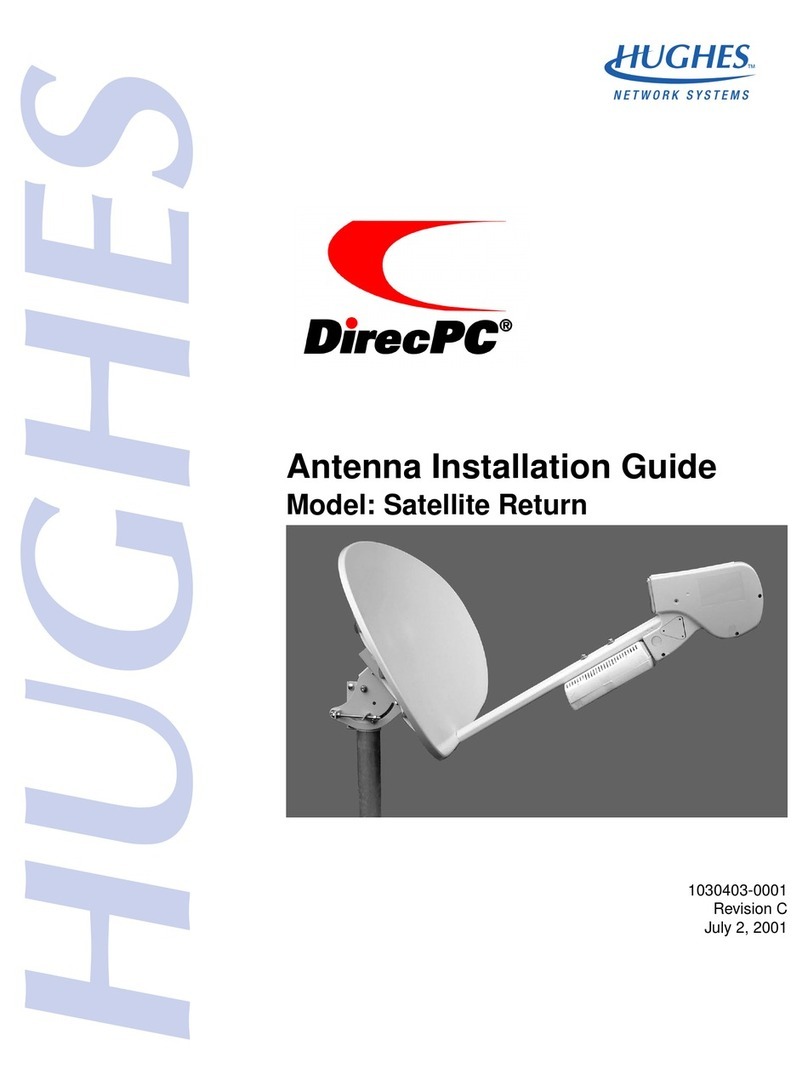
• Contents
1037312-0001 Revision B v
Chapter 6
Cabling and connections . . . . . . . . . . . . . . . . . . . . . . . . .49
Cabling requirements . . . . . . . . . . . . . . . . . . . . . . . . . . . . . . . . .49
Routing the cables at the antenna. . . . . . . . . . . . . . . . . . . . . . . .50
Connecting the transmit and receive cables . . . . . . . . . . . . . . . .52
Transmit cable . . . . . . . . . . . . . . . . . . . . . . . . . . . . . . . . . . . .52
Receive cable . . . . . . . . . . . . . . . . . . . . . . . . . . . . . . . . . . . . .54
Grounding. . . . . . . . . . . . . . . . . . . . . . . . . . . . . . . . . . . . . . . . . .55
Chapter 7
Pointing the antenna . . . . . . . . . . . . . . . . . . . . . . . . . . . .57
Antenna pointing overview . . . . . . . . . . . . . . . . . . . . . . . . . . . .58
Using the installation software. . . . . . . . . . . . . . . . . . . . . . . .58
Peaking the signal. . . . . . . . . . . . . . . . . . . . . . . . . . . . . . . . . .59
Personnel requirements . . . . . . . . . . . . . . . . . . . . . . . . . . . . .59
Pointing parameters . . . . . . . . . . . . . . . . . . . . . . . . . . . . . . . .59
Prerequisites for antenna pointing . . . . . . . . . . . . . . . . . . . . . . .59
Pointing tools . . . . . . . . . . . . . . . . . . . . . . . . . . . . . . . . . . . . . . .60
DAPT . . . . . . . . . . . . . . . . . . . . . . . . . . . . . . . . . . . . . . . . . . .60
Installing the DAPT . . . . . . . . . . . . . . . . . . . . . . . . . . . . . .61
Understanding the DAPT display. . . . . . . . . . . . . . . . . . . .62
OPI . . . . . . . . . . . . . . . . . . . . . . . . . . . . . . . . . . . . . . . . . . . . .62
Installing the OPI . . . . . . . . . . . . . . . . . . . . . . . . . . . . . . . .63
Adjusting the antenna. . . . . . . . . . . . . . . . . . . . . . . . . . . . . . . . .64
Adjustment locations
on the antenna. . . . . . . . . . . . . . . . . . . . . . . . . . . . . . . . . . . . .65
Setting coarse elevation . . . . . . . . . . . . . . . . . . . . . . . . . . . . . . .66
Fine elevation adjustment. . . . . . . . . . . . . . . . . . . . . . . . . . . . . .67
Receive pointing. . . . . . . . . . . . . . . . . . . . . . . . . . . . . . . . . . . . .68
Initial elevation setting. . . . . . . . . . . . . . . . . . . . . . . . . . . . . .68
Setting the tilt angle . . . . . . . . . . . . . . . . . . . . . . . . . . . . . . . .68
Setting the azimuth. . . . . . . . . . . . . . . . . . . . . . . . . . . . . . . . .70
If you cannot detect a signal. . . . . . . . . . . . . . . . . . . . . . . .71
Peaking the azimuth signal. . . . . . . . . . . . . . . . . . . . . . . . . . .72
Isolating the transmit signal . . . . . . . . . . . . . . . . . . . . . . . . . . . .73
Manual ACP test. . . . . . . . . . . . . . . . . . . . . . . . . . . . . . . . . . .73
Automatic ACP test . . . . . . . . . . . . . . . . . . . . . . . . . . . . . . . .74
Final steps. . . . . . . . . . . . . . . . . . . . . . . . . . . . . . . . . . . . . . . . . .75
Remove the pointing tool . . . . . . . . . . . . . . . . . . . . . . . . . . . .75
Check for safety labels and signs . . . . . . . . . . . . . . . . . . . . . .75
Subsequent steps. . . . . . . . . . . . . . . . . . . . . . . . . . . . . . . . . . .75
Acronyms and abbreviations . . . . . . . . . . . . . . . . . . . . .77
Index . . . . . . . . . . . . . . . . . . . . . . . . . . . . . . . . . . . . . . . . .79

